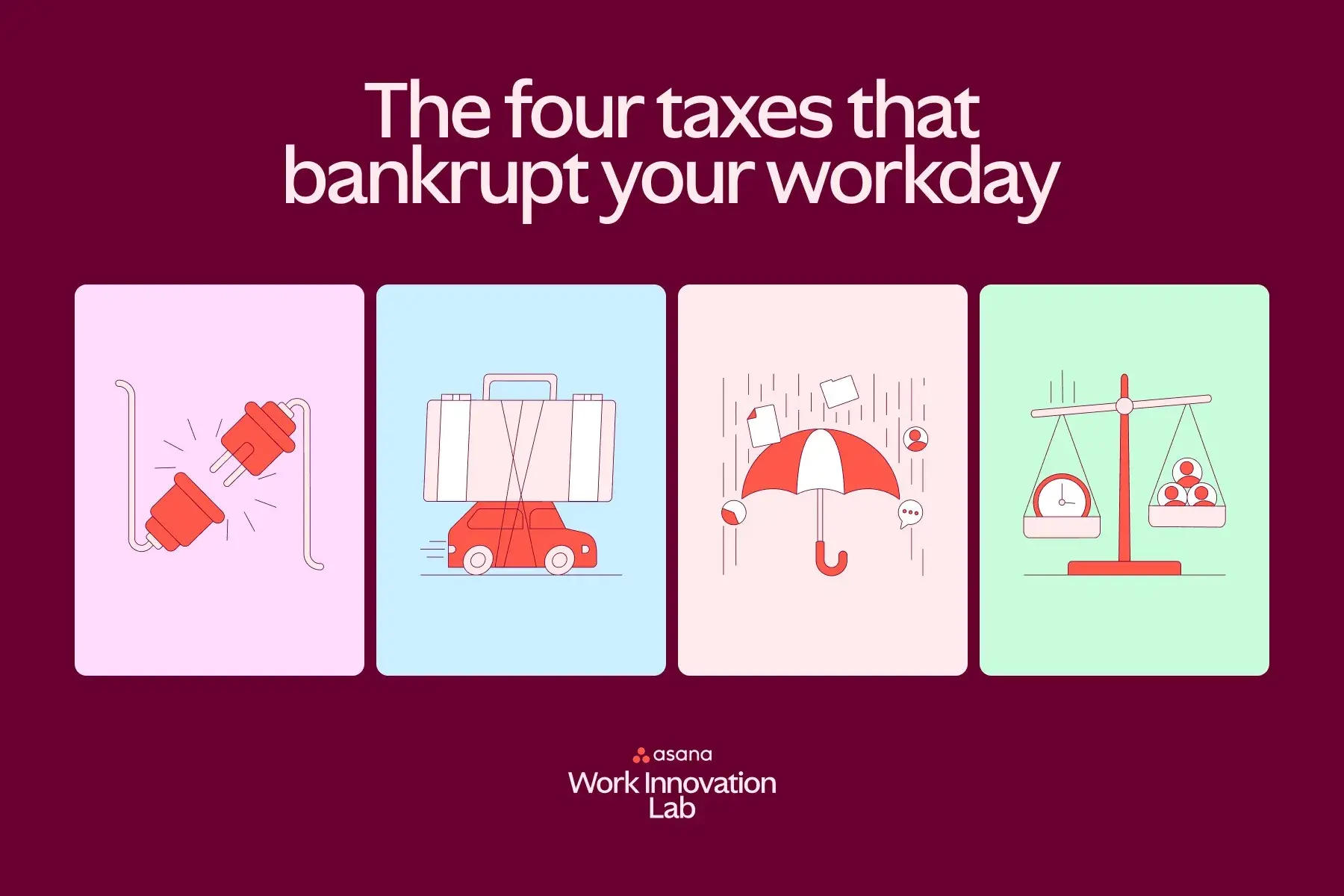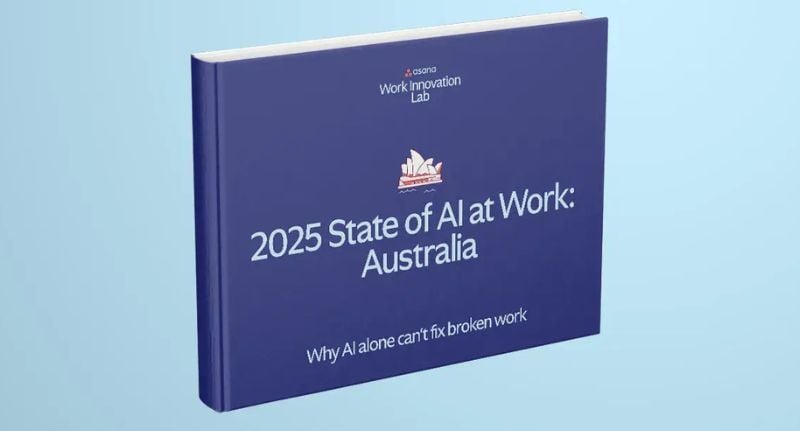A new report from Asana, a work management platform focused on human and AI coordination, reveals that many Australian businesses have stalled in their adoption of artificial intelligence, with significant implications for workplace efficiency and employee wellbeing.
The research, conducted by the Asana Work Innovation Lab, surveyed more than 2,000 workers and found a widening gap between manager and employee use of AI, alongside rising levels of burnout.
AI rollout stalled
According to the data, weekly AI usage among workers has plateaued at 46%, barely shifting from 47% in 2024. Despite growing enthusiasm for AI, organisational uptake remains slow.
Eighty-six per cent of respondents said their organisation is still in the early stages of implementing AI, with just 14% reporting successful integration at scale.
Lindsay Buydos, GM for APAC and Japan at Asana, noted: “While AI excitement is at an all-time high, organisations are struggling to implement it meaningfully. Nearly half of all executives (44%) report outdated work practices.
“Adding AI without a clear strategy introduces further complexity. Business leaders need to take a holistic view—one where AI supports scalable and sustainable process improvement.”

Lindsay Buydos, GM, APAC and Japan at Asana
Burnout
The report highlights that burnout is now at crisis levels in Australian workplaces. A staggering 81% of workers reported experiencing burnout in the past year, with 76% facing unmanageable workloads over the last six months.
Even productivity tools, designed to aid collaboration, are contributing to fatigue, with 80% of workers saying they feel drained by them.
Workers now spend:
• 9 hours per week in unproductive meetings (up from 8 in 2024)
• 9 hours per week learning to use workplace technology (up from 5 in 2024)
• 10 hours per week switching between collaboration tools (up from 6 in 2024)
• 12 hours per week searching for information (up from 9 in 2024)
The company said the inefficiencies represent not just lost productivity but a threat to employee wellbeing and engagement.
‘The Productivity Tax’
The report identifies four core ‘productivity taxes’ that are slowing teams down:
• Connectivity Tax: Siloed teams and duplicated work.
• Velocity Tax: Bottlenecks and slow approvals.
• Resilience Tax: Rigid systems and unclear priorities.
• Capacity Tax: Excessive meetings, tools, and tasks.
Only 25% of workers feel confident in their organisation’s ability to adapt to change, and just 19% say ideas move quickly between teams.
For marketers and advertisers, this signals potential project delays, slower go-to-market execution, and reduced responsiveness in campaign delivery.

Lessons from ‘AI Scalers’
Asana’s report also identified a subset of high-performing organisations it calls ‘AI scalers’, businesses that have integrated AI across multiple workflows and invested in systems that enable measurement, coordination, and continuous improvement.
Buydos explained: “There’s genuine interest and drive from companies to use AI effectively to improve employee output. The challenge is knowing where and how to start in a way that supports everyday work.”
Recommendations for AI implementation include:
• Building a coordination layer by standardising collaboration tools.
• Redesigning workflows to remove bottlenecks before layering in AI.
• Embedding AI across workflows, not just in isolated tools.
• Reducing low-value work with AI to protect focus time and prevent burnout.
Compared to other organisations, workers at AI scalers are:
• 22% less likely to dread meetings.
• 13% less likely to experience digital exhaustion.
• 12% less likely to report burnout in the past year.
• Allocate 13% more of AI-saved time to strategic thinking.
Buydos added: “AI scalers are improving worker happiness and productivity by fostering better collaboration and making thoughtful, system-wide investments. These organisations are bringing both leadership and teams on the journey by prioritising education and skills development.
“This is about more than just bolting on a new tech tool. It’s a strategic shift, aligning human and AI capabilities to drive better outcomes across the business.”
